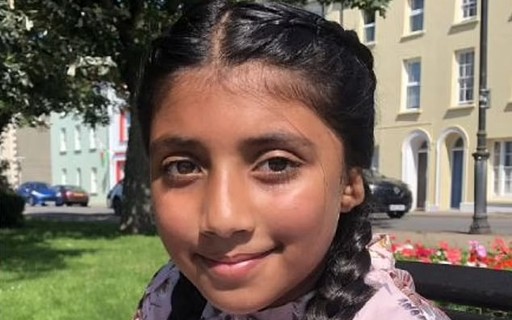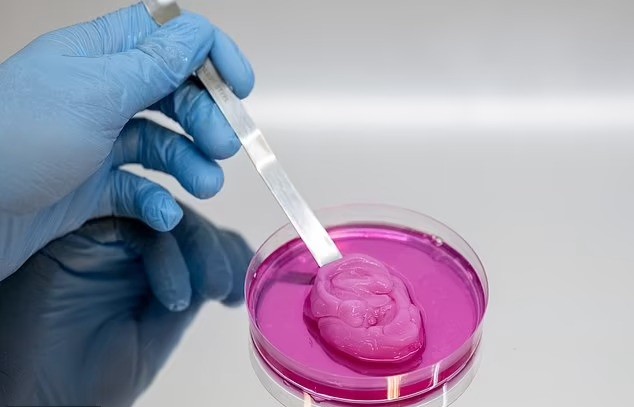
Radia Mia, a 10-year-old girl, will be the first person in the UK to receive a new ear developed with technology that combines 3D printing with laboratory cell development. In the technique, a biodegradable ear-shaped prosthesis is created on a 3D printer. This system is then used as an axis for the growth of the patient’s cartilage cells in the laboratory, giving them an ear shape.

10-year-old Radia will be the first person in the UK to receive ears made with a “bioprinting” technique (Photo: Personal Archive)
Over time, the biodegradable structure dissolves and only the ear-shaped cartilage cells remain, ready to fit the patient. The technology is part of a research project where the British government has invested 2.5 million, which equates to R18 million.
For patients, the positive point is that instead of a patch that involves the removal of a large amount of skin and scars, only a small amount of cartilage cells are needed to make a bioprint. According to the researchers, this sample can be taken from the inside of Radia’s nose without causing damage or visible scars.
Little Radia, from Pembrokeshire, England, has a congenital disease called microtia, which is characterized by a malformation of the ear, in his case, the left ear. Radhia’s father Rana said the treatment would help boost the daughter’s self-confidence. “Women like to tie their hair and pierce their ears. It would be nice to have two ears that are the same. ” He told the BBC. “If it weren’t for this kind of technology, she would have to have a skin graft, which would be a large scar on her scalp and below the breast area where they would take the cartilage.
This technology will be used to help people born without body parts or living with facial scars from burns, trauma or cancer. The British project will also explore the impact of facial scars on mental health by analyzing data from people living with this type of difference.
It takes three years to complete the research, led by Professor Ian Whittaker, head of plastic surgery at Swansea University. Preliminary data show researchers living with defects in the ears do not consider current plastic prostheses satisfactory and prefer a cell-generated model.

Cartilage cells growing on biodegradable axis developed by British researchers (Photo: Revelation)


